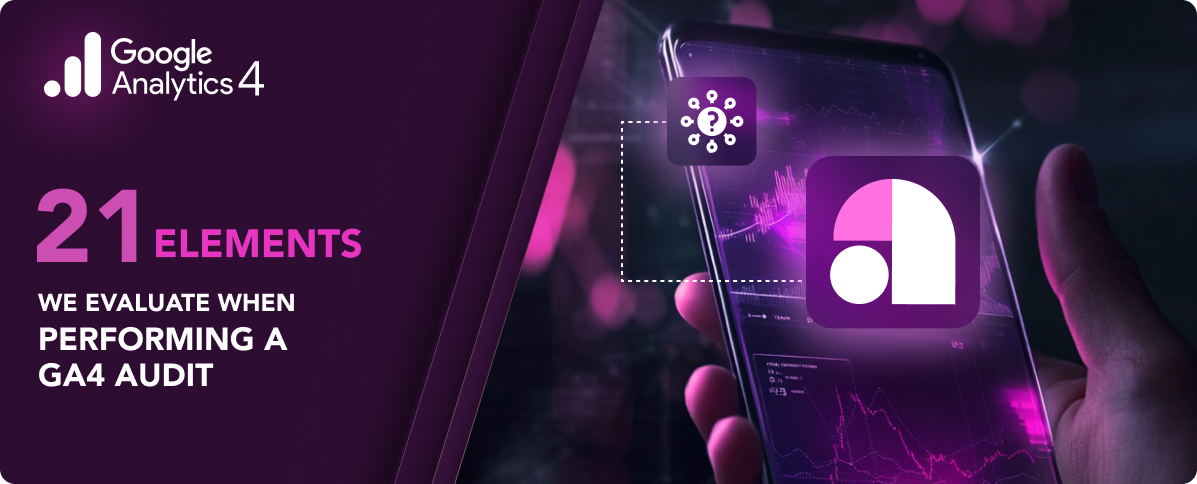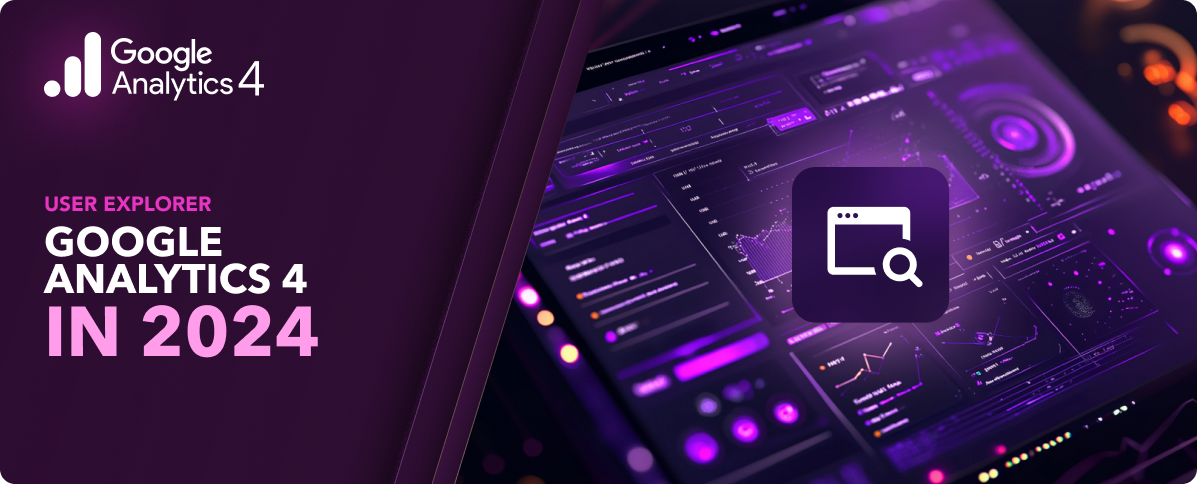Table of Contents
- 1. What is the difference between hybrid and cross-platform development?
- 2. What is the difference between native and cross-platform development?
- 3. Is native better than cross-platform?
- 4. Why choose cross-platform development?
- 5. Is cross-platform development good?
- 6. Is cross-platform app development good?
- 7. Is cross-platform mobile development worth it?
- 8. Should my app be native or hybrid?
- 9. Why is C not cross-platform?
- 10. What is the biggest advantage of cross-platform support?
- 11. Is Netflix a hybrid app?
- 12. Is Amazon a native app or hybrid app?
- 13. Is Spotify a native app?
- 14. Is Duolingo native or hybrid?
1. What is the difference between hybrid and cross-platform development?
Hybrid and cross-platform development are both approaches to creating software that runs on multiple platforms, but they have distinct differences in technology, performance, and use cases.
Hybrid Development
- Technology: Hybrid development typically involves using web technologies like HTML, CSS, and JavaScript. The application is essentially a web app enclosed in a native container using tools like Apache Cordova or Ionic. This enables the app to access native platform features.
- Performance: Hybrid apps may have performance limitations compared to native apps, especially for resource-intensive tasks or complex animations, because they run in a web view.
- Use Cases: Best suited for applications where ease of development and uniformity across platforms are more important than high-performance or advanced native features. They are commonly used for simpler, content-driven applications.
Cross-Platform Development
- Technology: Cross-platform development uses frameworks like React Native, Flutter, or Xamarin. These frameworks allow apps to use more native components compared to hybrid apps, even though the underlying codebase is shared across platforms.
- Performance: Generally offers better performance than hybrid apps, as they can render native components and directly access device APIs.
- Use Cases: Ideal for more complex applications that require a balance between performance, native look and feel, and the efficiency of a shared codebase. They cater well to apps requiring more intensive use of device capabilities.
2. What is the difference between native and cross-platform development?
The key difference between native and cross-platform development lies in how the applications are built for various platforms:
Native Development
- Platform-Specific Code: In native development, apps are built using programming languages and tools specific to each platform. For example, Swift or Objective-C is for iOS, and Java or Kotlin is for Android.
- Performance: Native apps generally offer the best performance and responsiveness because they are optimized for the hardware and operating system they run on.
- User Experience: They tend to have a look and feel that matches perfectly with the platform’s user interface guidelines, providing an intuitive user experience.
- Access to Features: Native apps have full access to the device’s hardware and software features, like GPS, camera, gestures, and notifications.
Development and Maintenance: This approach requires separate codebases for each platform, leading to potentially higher costs and longer development times
Cross-Platform Development
- Unified Codebase: Apps are developed using a single codebase that can run on multiple platforms, using languages like JavaScript (React Native) or Dart (Flutter).
- Performance: While much improved, the performance of cross-platform apps can sometimes be less optimized compared to native apps, especially for graphically intensive applications.
- User Experience: Modern cross-platform frameworks have made great strides in providing a native-like experience, but there can be minor differences in look and feel.
- Access to Features: These apps can access most hardware and software features, though sometimes with limitations or the need for additional platform-specific coding.
- Development and Maintenance: Offers faster development and easier maintenance since the same code works on multiple platforms, which can reduce costs and simplify updates.
3. Is native better than cross-platform?
Native and cross-platform development each have their strengths. Native is typically better for performance and fully leveraging platform-specific features. Cross-platform is more cost-effective and faster for reaching a wider audience with a single app.
Native development is generally preferred for performance-critical apps with a need for deep integration with platform-specific features. Cross-platform development is ideal for apps that require broader market reach and faster development cycles with a more controlled budget.
The choice depends on your app’s needs and priorities, like performance, development time, and budget.
4. Why choose cross-platform development?
Choosing cross-platform development is beneficial for several reasons:
- Cost-Effective: It reduces development and maintenance costs since one codebase works on multiple platforms.
- Time Efficiency: Saves time by eliminating the need to write separate code for each platform.
- Wider Audience Reach: Makes the app accessible to a larger audience across different devices and operating systems.
- Easier Updates: Simplifies the process of updating and deploying changes across all platforms simultaneously.
- Shared Skills: Utilizes common programming languages and technologies, making development teams more efficient.
5. Is cross-platform development good?
Cross-platform development has several advantages that make it a good choice in many scenarios:
- Efficiency: It allows for a single codebase to be used across multiple platforms, saving time and resources in development and maintenance.
- Broader Reach: Applications developed this way can reach a wider audience across different devices and operating systems.
- Consistency: Ensures a uniform application experience across various platforms.
- Cost-Effective: Reduces costs associated with developing and maintaining multiple codebases.
6. Is cross-platform app development good?
Yes, cross-platform app development is good for several reasons:
- Wider Audience Reach: It allows you to create apps that work on multiple platforms (like iOS and Android), helping you reach a broader user base.
- Cost and Time Efficiency: Developing one app that runs on multiple platforms can save time and reduce development and maintenance costs compared to creating separate apps for each platform.
- Consistency in Design and Functionality: Ensures a uniform user experience across different devices and platforms.
- Rapid Development: Many cross-platform frameworks offer features like hot reloading, which speeds up the development process.
7. Is cross-platform mobile development worth it?
Cross-platform mobile development is generally worth it, especially if you’re looking to reach a wide audience on both iOS and Android without the high cost and time commitment of developing separate apps for each platform. It’s a great way to build an app efficiently and manage it easily. However, if your app needs to use a lot of the specific features of each platform or requires top-notch performance, you might want to consider native development instead. The choice depends on your specific needs and priorities for the app.
8. Should my app be native or hybrid?
Deciding between a native or hybrid app depends on your specific needs and goals. If your app requires high performance and a user experience that closely aligns with each platform’s standards, native development is often the better choice. Native apps are fast and smooth and can access the full range of device capabilities. However, this approach can be more costly and time-consuming, typically requiring developing separate versions for each platform.
On the other hand, hybrid apps are built using web technologies and can run across multiple platforms with fewer code changes. This makes development generally quicker and more cost-effective. Hybrid apps have improved significantly in performance, but they might still not match the level of a native app, especially for complex tasks or heavy graphics.
So, if your priority is performance and taking full advantage of platform-specific features, go for native. If you need to launch quickly, reach a wider audience, and have a simpler app, then a hybrid approach could be more suitable.
9. Why is C not cross-platform?
C is actually considered a cross-platform language. Its design allows you to write programs running on various hardware and operating systems with minimal changes. The standard C language itself is platform-independent. However, the cross-platform nature of C can be limited when your program relies on platform-specific features or when you use libraries that are not available on all platforms. Some parts of the code may need to be adapted or rewritten for each target platform in these cases. The key to C’s cross-platform capability is writing portable code and carefully managing platform-dependent features.
10. What is the biggest advantage of cross-platform support?
The biggest advantage of cross-platform support is the ability to reach a wider audience with a single application. By developing an app that works across multiple platforms, such as iOS and Android, you can cater to users on different devices and operating systems without creating and maintaining separate codebases for each platform. This broadens your app’s potential user base and ensures consistency in the user experience across various devices. This approach is efficient regarding both development time and resources, making it a popular choice for many developers and businesses.
11. Is Netflix a hybrid app?
Netflix’s mobile application is primarily a native app rather than a hybrid app. This means that for platforms like iOS and Android, Netflix develops its application using the native development frameworks and languages specific to each platform (Swift/Objective-C for iOS, Java/Kotlin for Android). This approach allows Netflix to optimize performance, which is particularly important for streaming high-quality video content, and to fully utilize the capabilities and features of each individual operating system, providing a smoother and more integrated user experience.
Hybrid apps, typically developed using web technologies like HTML, CSS, and JavaScript and then wrapped in a native container, are more common for applications where ease of development across multiple platforms is a priority and where the highest performance levels are not as critical. For content-heavy and performance-intensive applications like Netflix, native development is generally preferred to meet the demands of their service and users.
12. Is Amazon a native app or hybrid app?
Amazon’s mobile app, particularly on platforms like iOS and Android, is primarily a native app. This means that the app is developed for each platform using the respective native development technologies and languages (Swift or Objective-C for iOS, Java or Kotlin for Android).
Developing natively allows Amazon to provide a high-quality user experience with smooth performance and a user interface that feels intuitive and consistent with each platform’s standards.
This approach also enables better integration with each device’s hardware and software capabilities, which is important for features like secure payments and notifications.
While some companies choose hybrid apps for their ease of cross-platform development, large companies like Amazon often opt for native apps to ensure the best possible performance and user experience, which is crucial for maintaining their large and diverse user base.
13. Is Spotify a native app?
Yes, Spotify’s mobile application is primarily a native app. For platforms like iOS and Android, Spotify has developed its application using the respective native development technologies and languages specific to each platform. This means using Swift or Objective-C for iOS and Java or Kotlin for Android.
Developing natively allows Spotify to optimize performance, which is crucial for streaming high-quality audio content, and to provide a user experience that is consistent with the platform’s standards. Native development also enables better integration with each device’s hardware and software capabilities, which is important for features like offline downloading, push notifications, and integration with other apps and services on the device.
While Spotify might use some cross-platform solutions or web views for certain parts of the app, the core functionality is built on native technologies. This approach is typical for large-scale, performance-critical applications like Spotify.
14. Is Duolingo native or hybrid?
Duolingo’s mobile application is primarily a native app. For iOS and Android platforms, Duolingo has developed its app using the respective native development frameworks and languages (Swift or Objective-C for iOS, Java or Kotlin for Android).
This native development approach allows Duolingo to optimize the app’s performance, which is crucial for a smooth and interactive language learning experience. It also enables better integration with each device’s hardware and software features, such as push notifications and audio playback, which are important for the app’s functionality.
While some companies use hybrid approaches for their mobile applications, Duolingo’s choice of native development is driven by the need for high performance, a user-friendly interface, and access to advanced device features, ensuring the app is efficient and effective for users learning new languages.

















































